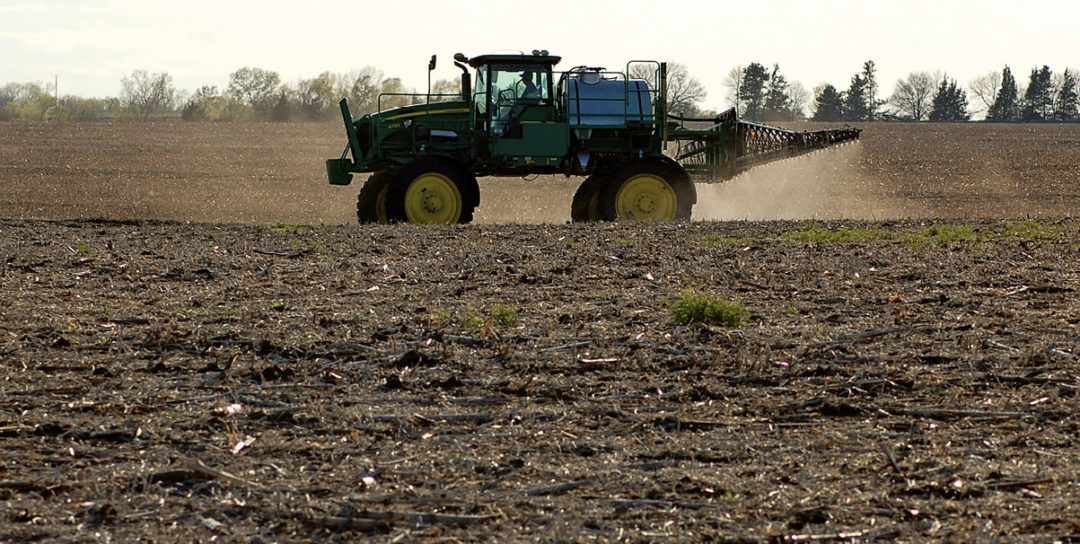No-Till Farmer
Get full access NOW to the most comprehensive, powerful and easy-to-use online resource for no-tillage practices. Just one good idea will pay for your subscription hundreds of times over.

As no-tillers learn to reduce their exclusive dependence on glyphosate for weed control, their operation’s future profitability may depend on their ability to tankmix herbicides with diverse modes of action.
Tankmixing glyphosate with different herbicides for pre-plant burndown and post-emergence applications can reduce selection for glyphosate resistance and improve both the level and consistency of control for problematic weeds.
But no-tillers must know how compatible these herbicides are in the tank, and what adjuvants might be needed beyond traditional ones to optimize herbicide performance, says Southern Illinois University weed specialist Bryan Young.
“I’m not saying that you need a tankmix partner to control your giant foxtail with glyphosate,” he says. “But with problematic weeds like lambsquarters, morningglory or giant ragweed, we’re seeing the benefits of doing something more than just applying glyphosate.”
No-tillers must understand that many herbicides they choose to tankmix with glyphosate work better with oil-based adjuvants. Glyphosate works best with water-based adjuvants, such as surfactants.
These oil- and water-based systems can be mixed, but there’s a science to optimizing herbicide combinations for foliar applications, Young says.
Herbicide interactions are a concern mostly when tankmixing post-emergence herbicides, while not so much with soil-applied residual herbicides, Young says.
Antagonism between two post-emergence products can hurt the effectiveness of glyphosate or the other tank-mix partner. Synergy between herbicides can increase activity at a much higher rate than expected, possibly injuring crops, he says.
When combining some non-systemic “contact” herbicides with systemic herbicides, such as glyphosate, burning the weed…